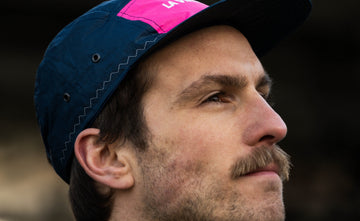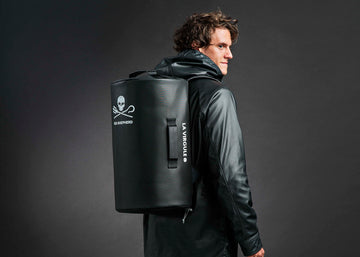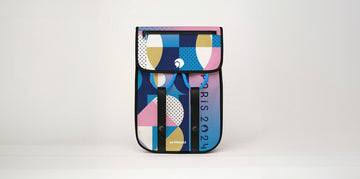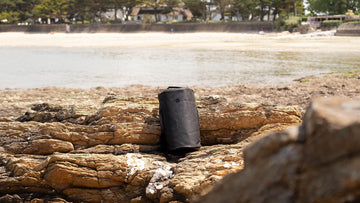Based on the experiences of the team members, this article will make you want to travel to our beautiful country! You will see that with a little will and a well-filled outboard, exceptional trips are available to you! As we know that it is not always easy to bivouac or wild camp, the objective is to present you some magnificent places in France where this is authorized: at La Virgule, we always respect Nature.
BUT… WHAT'S THE DIFFERENCE BETWEEN BIVOUAC AND WILD CAMPING?
The bivouac is the fact of camping temporarily in the middle of nature, directly under the stars or under a light tent. It is therefore practiced from sunset to sunrise: there is no question here of setting up a real camp or spending several nights in the same place. In national parks, you have to be more than an hour's walk from the park limits to start bivouacking.
Conversely, wild camping corresponds to the idea of settling down for several nights in the same place, and as its name suggests, outside of a campsite. The nuance is subtle, but important because the regulations will not be the same in these two cases!
To sum it up, you cannot set up your tent in the following places:
Forests, woods and parks classified as nature reserves or areas “to be conserved”
Public roads and paths
The seashores
Within 200 meters of access to drinking water
-
Less than 500 meters from a historic monument
On all sites classified in nature heritage protection areas
Private roads and lands.
These regulations mainly concern wild camping, authorizations exist in certain parks concerning bivouacs. Do not forget that these regulations are not there by chance, they ensure respect for nature and the species that live there, so, before leaving, find out well on blogs, the sites of the places or even in the town hall located nearby to avoid unpleasant surprises!
GUIDE FOR THE GOOD ADVENTURER
We have already talked about it, but obviously respect the regulations in place. It is not designed to annoy you, on the contrary, it ensures the preservation of Nature and does not (too much) disturb the species that live there! It's often a matter of common sense, and the best thing is often to get into the heads of the locals when you arrive somewhere.
Then, a good adventurer is a person who will not leave traces after his passage: we do not forget to extinguish the potential fire, and above all we obviously leave no waste.
Finally, having the right equipment is essential! We take our duffel bag and the time to prepare it well: there are dozens of lists of essentials when we practice the bivouac on the web. To give you a first piece of advice, choose your bag carefully! It will be your best friend during these few days, so make sure it is adapted to your needs.
THE LIST OF ESSENTIALS FOR THE TREK:
Swiss knife
Spare clothes
A sleeping bag
A survival blanket
A filter bottle
A tent
A flashlight
A first aid kit
Food with related accessories (stove, etc.)
Please note that this list is far from exhaustive!
PLACES WHERE TO BIVOUAC
IN THE VERCORS
Fasten your suspenders (made into a seat belt), and venture into the magnificent Vercors regional park. The bivouac is authorized there from 5 p.m. to 9 a.m. Be careful though, our canine friends are not accepted there! The beauty of the place is worth the detour. As a bonus, during your expedition, you could have the chance to come across many animal species (chamois, deer, roe deer, ibex, wild boar or even a wolf?) who will let themselves be observed if you do not disturb them!

On its Hauts Plateaux, the Vercors offers grandiose landscapes. Beautiful huts will shelter you if you get there early enough (they are small and not bookable). The exhaustive list of shelters is available on this community site . This reserve is the largest in France, it is more than 17,000 hectares which are left to the property of Nature, no road or permanent dwelling on the horizons! Remember to bring water, sources are rare.
HIKING IN THE CHARTREUSE
In progress
MAKE A GREAT CROSSING OF THE JURA
Whether in winter or summer, the Jura is full of good nature plans.
The GTJ is an essential route to discover its typical valleys between the French Jura and Switzerland. Going up on the ridges, you have a panorama of the Alps that will leave you speechless.














